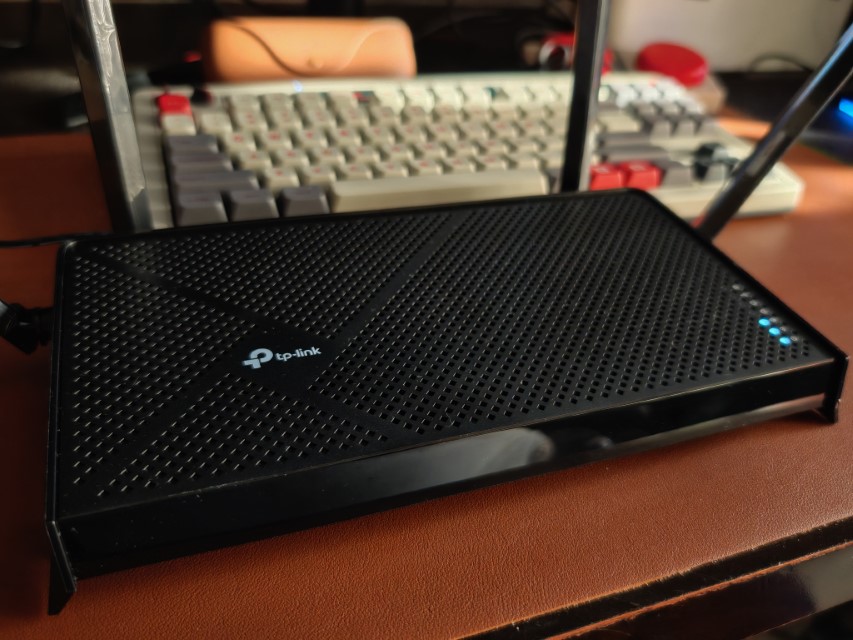I’ve learned the hard way that setting up your home WiFi system might be a little trickier than expected. In fact, the only time you know that everything works perfectly is when you don’t notice it’s working well: your movies are streaming, your downloads are working, your games have great ping. But once your connection chokes, it’s as if you’re on a bus and the driver makes a sudden stop, hurling you into one big inconvenience.
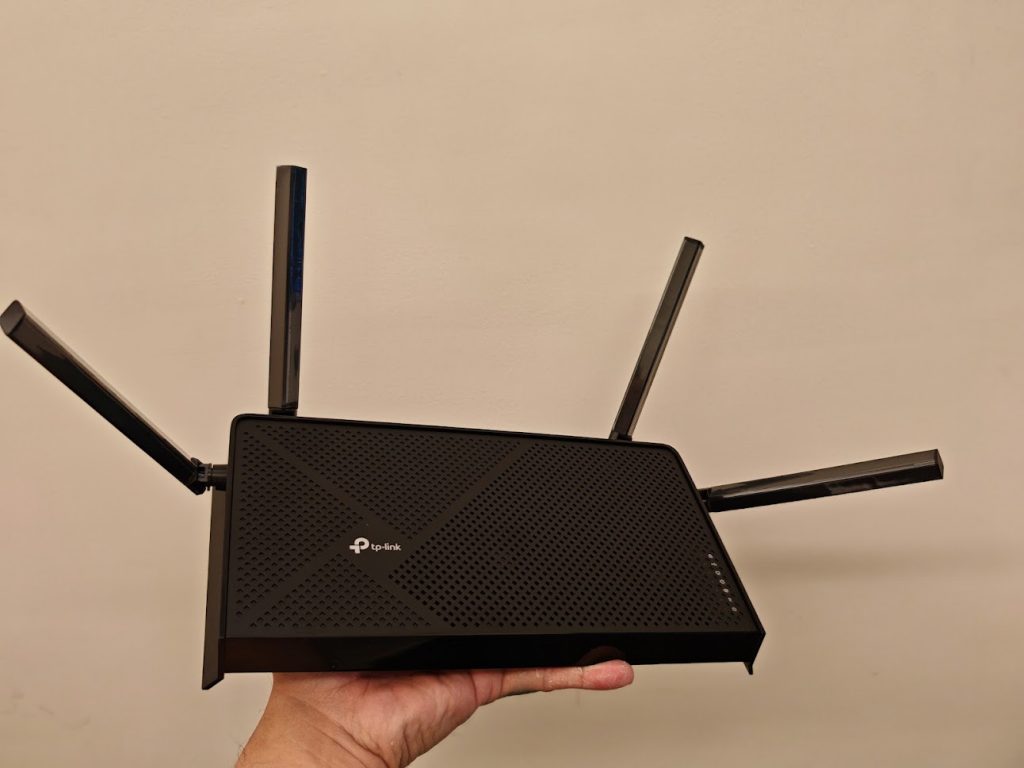
I believe, at the end of the day, it’s really about time. Saving time. It’s the balance of enjoying life versus adulting. Any gamer will relate to this scenario: Imagine coming home after a long day and you have exactly an hour to play your favorite video game. After booting up your PC or your PlayStation you’re hit with a 60GB mandatory patch for Modern Warfare 3. Standard 200Mbps connections, especially on WiFi, will take a handful of hours to download, killing your “me time.”
I was able to test the BE230 router running a sweet 1Gbps connection from PLDT Fiber. Here are some of my observations:
- Depending on your service provider modem, it will always be a good idea to daisy chain it to routers like the BE230. The PLDT modem at home only had one direct ethernet port which meant that I definitely had to use a router if I plan to connect other wired devices to the Internet.
- The BE230 comes with 4 ethernet ports. Three of the four ports have a max speed of 1Gbps while one allows for 2.5Gbps. The hardware that truly needs the fastest connection should be plugged into the latter — your main PC or your wireless mesh network main hub.
- I am coming from an almost decade old Google WiFi setup that is using WiFi 5 that is currently running a 200Mbps mesh network with 6 routers scattered around roughly 1,000 sq meters. I was actually quite blown away that a single BE230 could power roughly half of that coverage at relatively decent speeds. To augment and stabilize the network, I connected the BE230 to two X55 DECO WiFi units. One is daisy chained to the main router and the second one is directly above, in the second floor that has an ethernetport connecting directly to my son’s computer for better ping.
- The jump from WiFI 5 to WiFi 6 is noticeable, but not by much. I was getting almost 60-80Mbps more from that jump. However the jump in speed from WiFi 6 to 7 is game changing. To compare, WiFi 5 and 6 — regardless if they were using a 200Mbps or 1Gbps connection were showing me speeds between 250 to 300Mbps in the same room. With a 1Gbps connection on the BE230 in the same room, this speed increased on average by around 3x to 700+Mbps. I was told that TP-Link tested the Archer BE230’s lower latency using the Intel BE200 hardware, and it showed a significant 3X decrease. So yes. My speed tests are actually at par with the claims.
I guess the question is — how fast do you need your Internet to be? If you have a growing household (I am providing Internet to 5 people), you should take into consideration the amount of bandwidth each person uses based on activity. At home, we stream in 4K on the family TV. The kids enjoy video games during the weekends but also require Internet for a number of synchronous activities online for school. My wife and I primarily work from home so there comes a point when the network does get pushed to its limit with our old 200Mbps connection — this is why we upgraded to 1Gbps.
From left to right: WiFi 6 1Gbps, , WiFi 7 1Gbps , WiFi 5 200Mbps
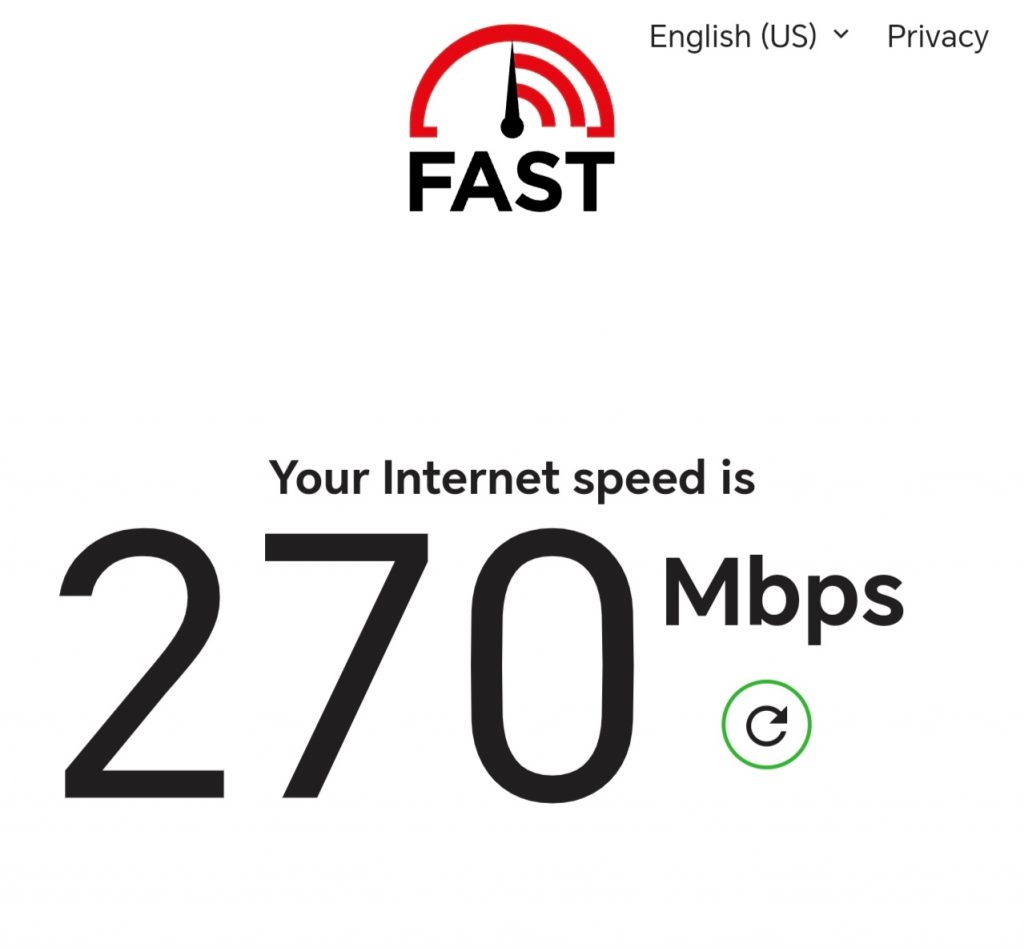
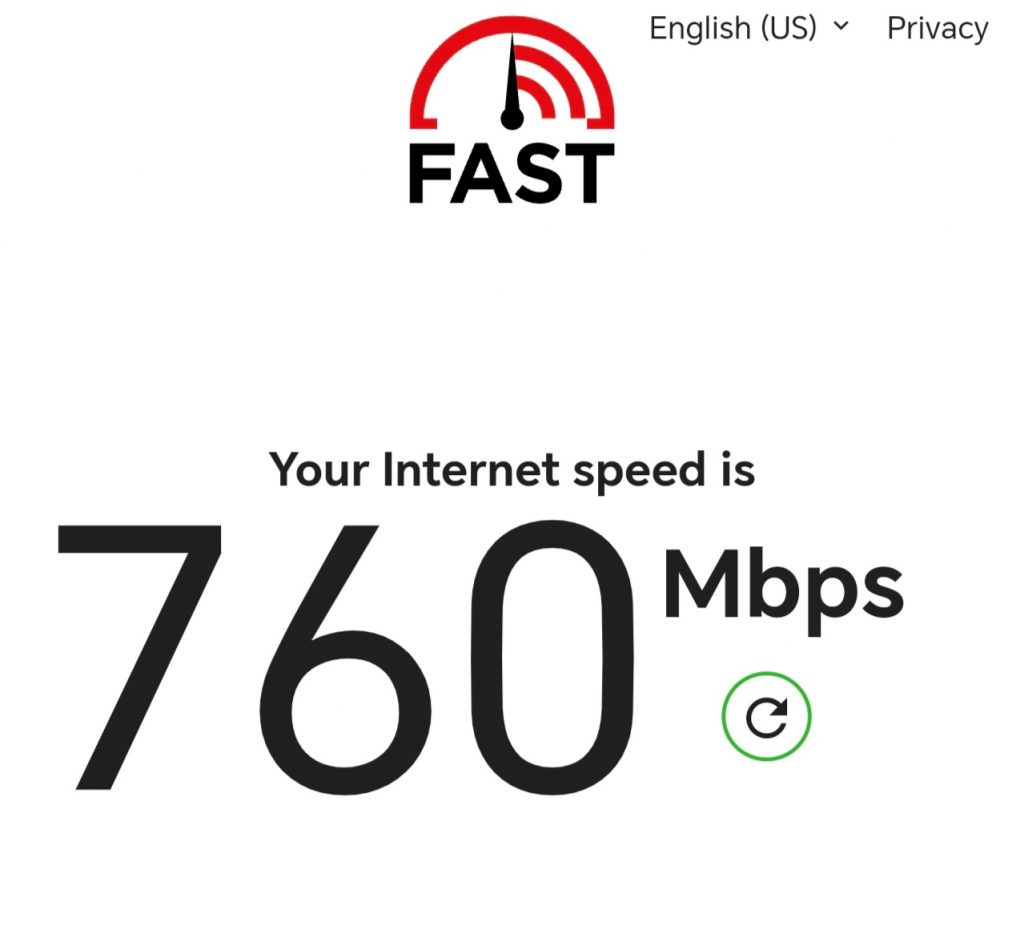
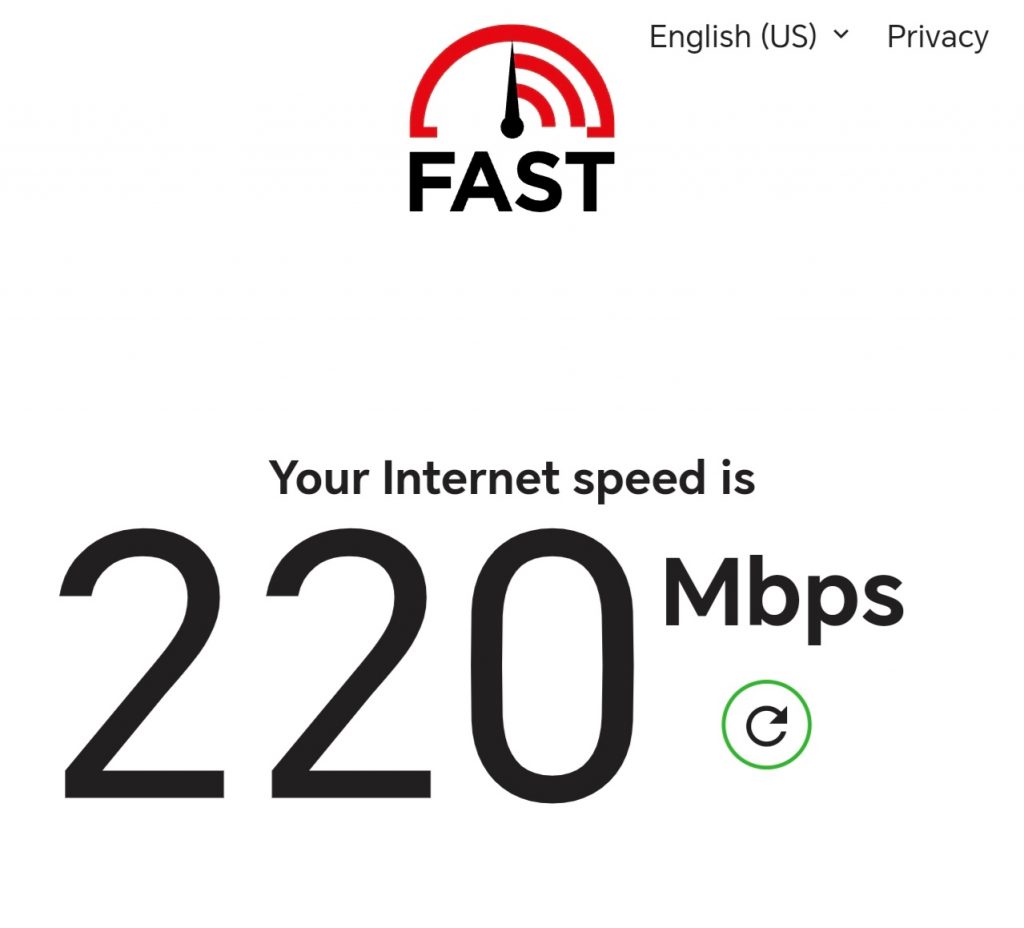
If you live in a condo unit and have a Fiber connection above 200Mbps, you will definitely feel the benefits of WiFi 7. The logistics of space, the headaches of filling in dead spots, the worries of how many people are using the Internet at the same time will really cause some anxieties. Before my current set up, I had a tough time with signal in our dirty kitchen because of the thickness of the walls. The BE230’s quad antennas have boosted this and I now have stronger signal across the home. I actually went outside the house and tried to see how far the signal reached and I was pleasantly surprised I could get decent WiFi half a block down the street.
I for one do see the benefits of a faster connection as we deliberately try to connect more things to our home. I wrote another piece on the gigabit era of the Internet for the Philippines, and I have to say that TP-Link is definitely my hardware of choice since I’ve been buying their networking products for more than a decade.
Easy Mesh Compatible
If I didn’t have my current TP-Link DECO setup I would have attempted to buy several BE230 units. At first I was a bit confused with the packaging information that this device supported “EasyMesh.” I reached out to TP-Link’s support and discovered that EasyMesh allows a mesh network to be created with other EasyMesh compatible devices. If you’re building a mesh from scratch, I would actually encourage you to buy two or three of these units and connect them. But since I already have a decent and fast DECO mesh system, I didn’t need to. DECO’s mesh and EasyMesh are two different technologies from the same company. The former is more of a plug and play solution which makes setting up a mesh network easier for households. The latter is more of a prosumer thing. And that’s the other thing — TP-Link devices are plug and play. Unlike Google WiFi that requires you to use the same pucks, TP-Link mesh devices are all compatible.
So is WiFi 7 for you?
Look, it won’t hurt to upgrade your router. The question is, if you are going to experience maximum gains with the hardware that you buy vis a vis other factors in your home WiFi setup. If you’re on a 20GB plan and live in a 30sq meter room by yourself, you won’t really get to maximize this tech. But if you are rather anal about your Internet and make use of a lot of cloud services AND gaming, this is the step that makes sense. How much time do you want to save with software updates? How long do you want Google Photos to take to backup your smartphone camera shots? Do you want to stream Netflix in 8k and play video games simultaneously? The choice is yours.
The Archer BE230 is available now for P5,990 and you can find it in stores as well as online.
This piece originally appeared in my PhilSTAR Tech feature.
